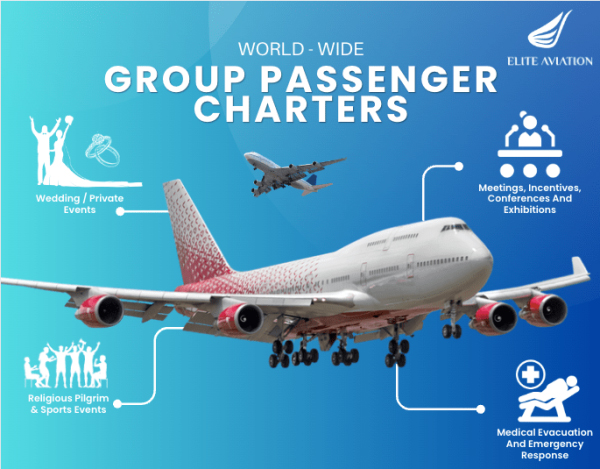[ad_1]
Artificial intelligence holds real promise for the future of last-mile logistics, but to realize its full value, the industry must shift from quick fixes to deeper transformation.
As carriers begin experimenting with AI in practical ways, the biggest opportunity lies in building the right foundation to support what realistically comes next.
Many carriers treat AI as a quick fix to existing systems, rather than a catalyst for broader operational change. It’s those that lay the groundwork with flexible, intelligent infrastructure that will be best positioned to scale and evolve alongside advancing technologies.
Companies today are applying AI to streamline multiple operations, such as scanning delivery documents to supporting customer communications, and enhancing dispatch decisions through real-time data and smart algorithms for choosing the best routes, assigning the right trucks, and avoiding delays. These applications are making deliveries faster and more efficient, while reducing manual work.
But here’s the challenge: Most of these tools sit outside core systems. Chatbots, for instance, while extremely useful, might not access real-time delivery data. OCR document scanning often requires manual follow-up if it’s not integrated into billing systems. And third-party routing tools can’t adapt mid-journey when conditions change. Each solution delivers value individually, but operates in isolation.
These early innovations reflect a mindset shift and lay the groundwork for AI literacy. But they also reveal what’s currently missing and needs to be addressed for sustainable innovation: seamless integration, continuous data flow and infrastructure capable of real-time adaptation. Until these pieces are in place, AI will remain a helpful accessory rather than a transformative engine.
The reality is that we’re still in the “patch-and-enhance” phase of AI adoption. The next leap will require deeper integration, not just smarter tools.
Laying the Groundwork
To fully harness the power of AI, carriers need more than just advanced tools. They require deeply interconnected systems designed for real-time decision-making, continuous learning and seamless scalability. This transformation begins with an effective connectivity-driven infrastructure that forms the backbone of intelligent operations.
But before talking about tools, we have to talk about readiness. Because without a modern, connected platform, even the smartest AI feature struggles to deliver real value.
Readiness in last-mile logistics requires several key components. Cloud-native architecture allows platforms to scale up on demand, processing large volumes of data without lag or failure. Open application programming interfaces enable AI to pull from and feed into multiple parts of the system, ensuring that decisions are informed, current and visible across teams. Elastic compute power is critical for running predictive models and automating decisions — something that legacy, on-premise systems can’t handle effectively.
Consider this example. A modern transportation management system can recognize that a specific driver consistently takes seven extra minutes at a particular stop due to parking challenges. The system learns, adapts, and updates future schedules accordingly, reducing delays without human input. This represents the ideal state of integrated AI.
However, with bolt-on systems, innovating becomes like renovating an old home. You can either tear down a crumbling wall to rebuild it on a solid foundation, or simply apply drywall and paint over the cracks. The patch might work initially, but eventually, the underlying problems will resurface.
A modern TMS isn’t a luxury; it’s the groundwork that allows every future AI effort to actually deliver results.
What Real AI Progress Looks Like
Once the foundation is in place, AI stops being reactive and starts becoming proactive. It doesn’t just support operations; it shapes them.
This transformation enables several key capabilities. AI can predict and prevent delivery issues before they arise, analyzing patterns like traffic, weather and historical data to identify potential problems. It can match drivers to routes based on performance patterns, optimizing assignments for both efficiency and service quality. Most importantly, it can streamline operations by learning from execution and refining processes in real time.
This evolution isn’t about replacing people — rather, it’s about enabling them to operate with better tools, less manual oversight and more time for strategic decisions. These capabilities reduce operational waste, improve consistency, and free up teams to focus on higher-value tasks that drive better customer outcomes.
When AI systems can access comprehensive, real-time data and make automated adjustments across multiple operational touchpoints, the cumulative effect transforms how carriers operate. Dispatchers spend less time on routine optimization and more on solving complex problems. Customer service teams can proactively address issues rather than reactively managing complaints.
True AI transformation isn’t about technology for technology’s sake. It’s about getting smarter over time, with fewer handoffs, faster decisions, and stronger outcomes.
Future-Proofing With AI
With the rapid pace of AI advancement, the smartest strategy isn’t to chase every new feature. Instead, carriers should ensure their systems can evolve alongside emerging technologies in sustainable and impactful ways.
This approach starts with simplification. Patchwork systems are expensive to maintain and difficult to scale. A unified platform simplifies data sharing, reduces redundancy and creates the consistency necessary for AI to function effectively. Centralized, clean data enables accurate forecasting and smarter automation across all operational areas.
Investing in agility delivers long-term dividends. AI-ready platforms don’t need complete rebuilds for each new technological advancement. They flex and scale, protecting existing investments as the market evolves. This flexibility becomes increasingly valuable as AI capabilities advance and new applications emerge.
Perhaps most importantly, the right AI foundation empowers teams rather than displacing them. By automating repetitive tasks and providing intelligent insights, AI gives staff more capacity to focus on problem-solving, customer service and strategic planning — areas where human judgment and creativity remain irreplaceable.
The goal isn’t simply to “do AI.” It’s to build a business that’s ready to grow, adapt and lead in a landscape where intelligent technology becomes the operational norm. Carriers that invest in flexible, AI-enabled platforms today will have a distinct competitive edge tomorrow, not just in efficiency, but in their ability to adapt quickly as customer expectations and market conditions continue to evolve.
Arthur Axelrad is co-founder and chief executive officer of Dispatch Science.
[ad_2]
Source link



